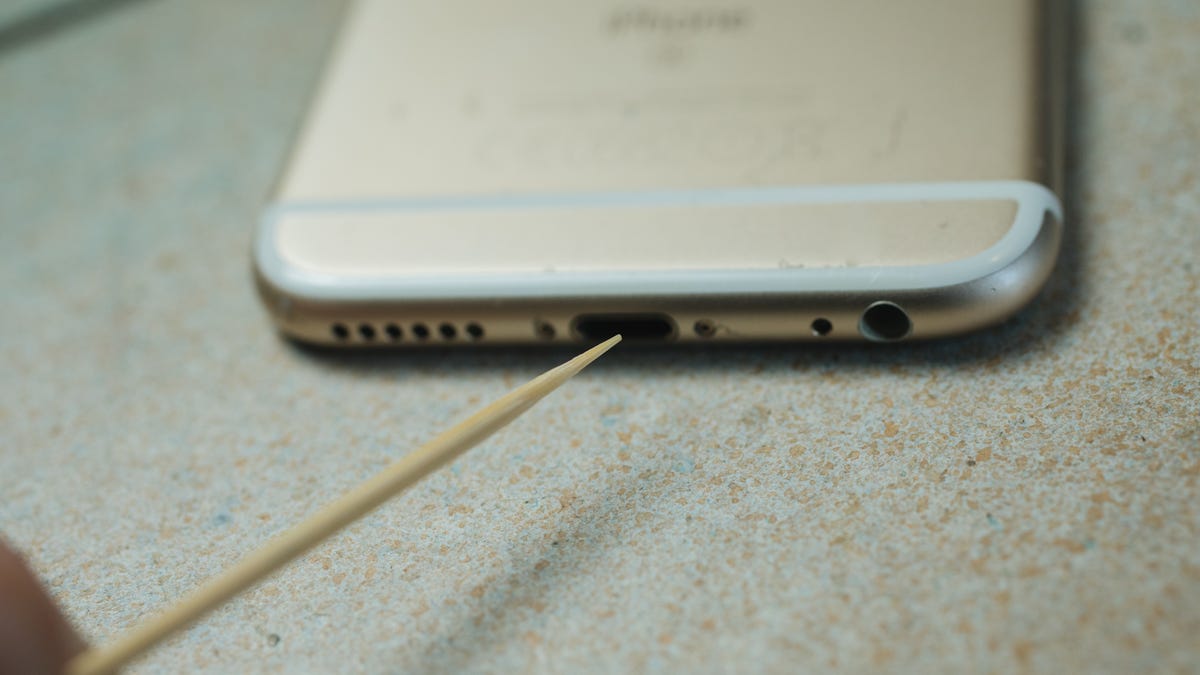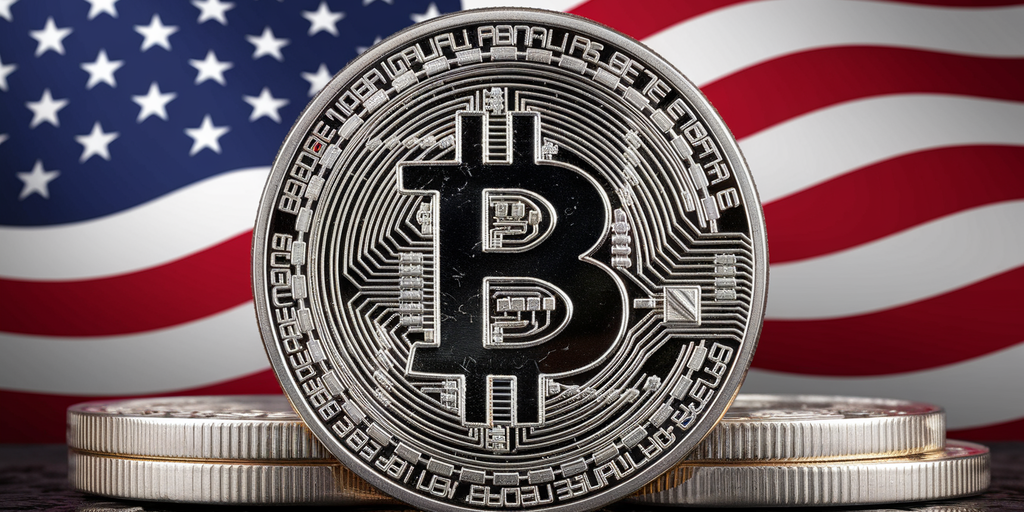
Unavailable in Provider unavailable in 90001
Kinetic home internet rating
How we calculated our rating
Pros
- Fast speeds for rural areas
- No data caps, no speed throttling, no contracts
- Fiber expansion in the works
Cons
- Speeds and pricing vary widely by location
- No security plan included
- Below average customer satisfaction
Kinetic internet review
Kinetic by Windstream has a significant footprint in rural and suburban areas, with its fiber and DSL networks. With either service type, plans are relatively cheap and speeds can be decent, depending on what's available at your address. Additionally, Kinetic plans offer unlimited data with no contract requirements, which is harder to come by in rural areas.
If the internet options in your area are between satellite and DSL internet from Kinetic, you can find better speeds and affordability from Kinetic. "Better than satellite" is about all that can be said about the DSL service, though. It isn't the fastest or most reliable internet type, and low customer satisfaction scores show that Kinetic's DSL customers are not overly pleased with their connection.
As you get closer to the cities and suburbs where Kinetic's fiber-optic service is available, the fast speeds and low introductory pricing are much more enticing. In select cities, Kinetic offers speeds up to 2,000Mbps -- which may be the fastest broadband option in many midwestern cities. Available plans will vary by location, and such areas typically come with more internet options, including a cable internet provider and perhaps another fiber-optic provider. In that case, you'll want to compare Kinetic closely with other available providers to determine the best internet provider for your needs.
Let's take a closer look at Kinetic's plans and service terms to give you a better idea of what to expect.
Kinetic internet plans and pricing
| $40 ($50 after one year) | Up to 100Mbps | $11 equipment rental (optional), no data caps or contracts | ||
| $40 | 300Mbps down, 300Mbps up | $11 equipment rental (optional), no data caps or contracts | ||
| $40 for three months ($70 after) | 1,000Mbps down, 1,000Mbps up | $11 equipment rental (optional), no data caps or contracts | ||
| $100 | 2,000Mbps down, 2,000Mbps up | $11 equipment rental (optional), no data caps or contracts |
Show more (0 item)
Source: CNET analysis of provider data.
Pricing for Kinetic internet service is tricky since it can vary by location -- but it's also confusing for other reasons. Although Kinetic offers a one-to-three-year price lock for its fiber offerings, a price increase is unavoidable for all plans. For instance, the $40-a-month rate for its 300Mbps plan is good for a year, but Kinetic raises that cost to $65 after the promo period ends. Additionally, Kinetic is also offering its gigabit tier for $40 monthly for the first three months of service until it increases to $70. After two years of service, that gigabit tier jumps up to $95 monthly.
How many members of your household use the internet?
Kinetic offers DSL speeds up to 100Mbps at a rate of $40 regardless of which speed is available to you. That price also jumps to $50 after one year of service. All around, a fiber connection will be a much more reliable investment if you're sticking with Kinetic. The fiber plans offer symmetrical download and upload speeds that peak at 2,000Mbps, which should be plenty of speed for your household. All plans come with the modem included in your service. You can rent a router for $11 a month or skip the fee and use your own.
Where can you get Kinetic?
Broadband service from Kinetic by Windstream is available in 18 states thanks to a large DSL network and growing fiber presence.
FCC/MapboxKinetic is available in the following 18 states:
- Alabama
- Arkansas
- Florida
- Georgia
- Iowa
- Kentucky
- Minnesota
- Mississippi
- Missouri
- Nebraska
- New Mexico
- New York
- North Carolina
- Ohio
- Oklahoma
- Pennsylvania
- South Carolina
- Texas
Availability is particularly high in midwestern or southwestern regions and concentrated in Georgia, Iowa and Kentucky, where coverage spans half the state or more. Availability in other states is slightly spottier.
Despite the large coverage area spanning more than a third of US states, Kinetic is only available to about 3% of US households, according to the most recent Federal Communications Commission data. Such a large service area yet relatively small coverage percentage is an indicator of how reserved Kinetic Internet is for rural and suburban regions with low population density. For comparison, cable internet provider Cox Communications has a far smaller coverage area than Kinetic but is available to more than twice as many people since it operates primarily in metropolitan areas like San Diego, Phoenix and New Orleans.
Fiber has room to grow
Kinetic has a large DSL network, but there is an opportunity to expand its footprint as a fiber provider. Its fiber network only offers 0.796% of unit coverage in the US. That's not to say Windstream is neglecting the need for greater fiber coverage. Fiber expansion is currently in the works.
A Windstream spokesperson tells CNET that the company is "currently involved in a multiyear $2 billion fiber investment and rollout across the 18-state footprint" and that "by 2027, 50% of the network will have fiber available." That seems like a long way off -- and for the rural residents waiting for it, it probably is -- but running fiber lines isn't easy or cheap, which is why fiber is primarily reserved for areas with higher population densities.
Suppose Windstream runs fiber lines to 50% of its footprint. In that case, much of that will include rural and potentially underserved suburban areas, so kudos to Windstream for investing in fiber service where other providers have not, even if it takes more than a few years to do it.
Kinetic speeds vary by address
For DSL service, Kinetic's so-called High Speed Internet, it's probable that download speeds of less than the maximum (up to 100Mbps) are all that's available and may fall below what's considered broadband. Despite the slow speeds, the service still comes at the monthly rate of $40. The good news is that, regardless of available speeds, Kinetic's DSL internet comes with a one-year price guarantee (after which it only increases by around $10 or so) and free equipment rental for the first year.
Available fiber speeds can also vary by market, mostly when it comes to the lowest speed tier. Some locations may see 100 or 200Mbps, but most people may be eligible for up to 300Mbps for the same starting price. The 1Gbps plan is common in most areas, while select locations will also have the option of a 2Gbps plan. The fiber service introductory pricing is good for one or two years.
Kinetic equipment fees, data caps and contracts
At $11 per month, Kinetic's Wi-Fi equipment rental fee is lower than most. You also can use your own equipment and skip the monthly fee, but doing so may take a while to pay off and comes with sacrificing tech support's ability to troubleshoot Wi-Fi issues. Still, it's nice to have the option if you already own a compatible modem and router or prefer to use a top-of-the-line mesh Wi-Fi setup.
There are no data caps or contracts with Kinetic's fiber or DSL internet services. Some addresses may have the installation included with their service, while others might see a $35 fee for professional installation. In addition, the new service comes with an activation fee of $50, which may be waived with your order.
Kinetic by Windstream vs. the competition
Kinetic has a higher speed potential than competing DSL providers. With a starting rate of $40 per month, Kinetic is also cheaper than many DSL providers. For example, CenturyLink's DSL service starts at $55 monthly while Frontier's DSL service starts at $65 monthly.
As a fiber provider, there isn't much to separate Kinetic from other fiber ISPs. Pricing is about the same, maybe a little cheaper with Kinetic in some areas. Speeds are about the same as well.
It's unlikely you'll have the option of Kinetic and other DSL or fiber internet providers, so let's compare the two options you'll probably have: Kinetic DSL and satellite internet, or Kinetic fiber and cable internet.
Kinetic DSL versus satellite internet
DSL is almost always the better option over satellite internet, so you'll definitely want to check out Kinetic before committing to satellite.
Kinetic will be cheaper and will probably deliver faster speeds than satellite, although some locations currently get Kinetic speeds in the 10Mbps to 20Mbps range, while Hughesnet, Viasat and Starlink can reach 100Mbps and higher.
You won't have to worry about data caps, at all, with Kinetic. Satellite internet providers like to advertise "unlimited data," but they may leverage priority data or soft data caps and slow your speeds -- intentionally or due to network congestion -- once the limit is reached. Although Starlink touts unlimited data, it will throttle your speeds after you eat through your "Priority Data" for the month. Additionally, satellite internet often comes with high up-front equipment fees, a contract and a hefty early termination fee if you cancel before the service term is up. Kinetic's $11 monthly equipment rental is optional and it will never lock you into a contract.
A DSL connection, while not perfect, will also offer greater reliability and lower latency than satellite internet. Rain and cloud cover won't disrupt your DSL service, and latency is low enough to support online gaming, two conveniences you shouldn't expect from satellite.
Kinetic fiber internet vs. cable internet
Like how DSL is preferable to satellite, fiber is far preferable to cable internet. You'll get symmetrical upload and download speeds and a more reliable connection than cable. Still, Kinetic versus cable could be a toss-up depending on which Kinetic plans are available at your address and which cable providers offer service in your area.
For those who need speed, Kinetic's gig service is priced lower than gig plans from most cable providers. Gig service from Kinetic could cost around $70 for the first year, then $100 per month thereafter. On the cable side, gig service could initially cost $80 to $110, then spike up to well over $120 after 12 months.
In most instances, I'd recommend Kinetic fiber over cable internet. It's probably going to be a bit cheaper and you'll get the luxury of symmetrical download and upload speeds. Be sure to do your due diligence. If Kinetic fiber service is available, definitely check it out, but also compare it with plans and pricing options from other providers in your area.
Kinetic customer satisfaction takes a turn
The American Customer Satisfaction Index began dividing fiber and non-fiber internet providers into separate categories in 2023, but this year's report is the first time the ACSI individually judged Kinetic's fiber and DSL services.
Fiber scored 72 out of 100. That's a two-point increase from the year prior when both Kinetic services were scored together. Still, the provider landed toward the bottom of the pack, lower than the industry average (76) and edging out only Optimum's score of 66.
As for a non-fiber provider (that would be the DSL service), Kinetic's score fell to an industry-low 56, a 20% decline year over year.
A slight drop is to be expected when you're separating fiber and non-fiber services for the first time. AT&T, CenturyLink and Frontier see similar disparities between their fiber and non-fiber scores, for example.
The decline is understandable, but a 14-point drop feels extreme. If it was the fiber service keeping the customer satisfaction scores afloat in recent years, I would have expected more than a two-point increase as a fiber provider.
Over at the J.D. Power customer satisfaction study from 2024, Kinetic ranked in only one of four regions. In the South, Kinetic pulled an average rating of 535 out of 1,000 point scale -- just below the region average of 559.
J.D. Power separates its internet providers into "wired" or "wireless" categories, meaning Kinetic's DSL service was most likely lumped in with its fiber service. Still, Kinetic has some definite work to do with customer satisfaction. For context, Frontier's combined rating for DSL and fiber internet averaged 580 in the South and AT&T's fiber internet and DSL services ranked 564.
The bottom line on Kinetic by Windstream
Those in rural areas will find Kinetic DSL internet a better service and value than satellite. Kinetic fiber and cable internet are somewhat more closely matched, but Kinetic fiber will probably be the cheaper high-speed option as well. Kinetic pricing and available speeds vary widely by market, perhaps more so than any other major provider, so be sure to compare your options.
Kinetic internet FAQs
What kind of internet in Kinetic?
Kinetic by Windstream uses a copper-based or fiber-optic network. DSL internet makes up the majority of Kinetic service areas, although the ISP is actively expanding its fiber-optic coverage.
How much is Kinetic internet?
Kinetic High Speed Internet (DSL service), starts at $40 a month with speeds of up to 100Mbps, available at your address. Choosing to rent equipment will add $11 to your monthly bill or you can use your own to avoid the fees altogether.
Pricing on Kinetic's fiber internet plans can vary by location, available speeds and the plan you choose. In most areas, service starts at $40 a month for speeds up to 300Mbps, while gig speeds of 1,000Mbps and 2,000Mbps may start at $70 to $100 a month, respectively. Opting to rent Wi-Fi equipment will add $11 to your bill.
Does Kinetic throttle internet speeds?
No. Kinetic's DSL and fiber internet plans include unlimited data, so the provider will not throttle or reduce your speeds once users reach a certain amount of data usage.







:quality(85):upscale()/2024/10/31/831/n/49351773/b7bf33836723d2f0643c55.51137847_.jpg)

 English (US) ·
English (US) ·